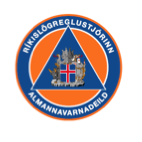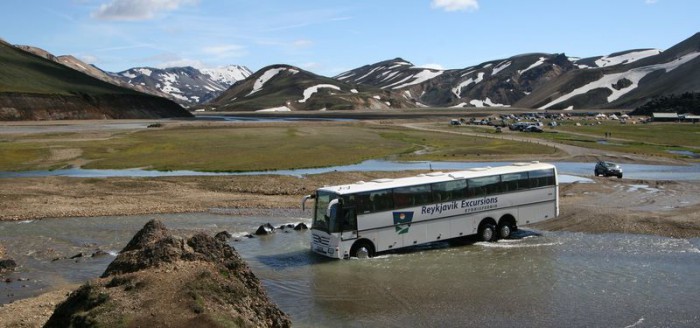 The Icelandic Met Office has decreased the aviation color-code to orange and all restrictions on aviation have been cancelled. All scheduled services airports in Iceland are open.
The Icelandic Met Office has decreased the aviation color-code to orange and all restrictions on aviation have been cancelled. All scheduled services airports in Iceland are open.
The National Commissioner of the Icelandic Police, together with the District Commissioners in Húsavík and Seyðisfjörður has decided to continue the emergency phase on alert phase, based on the most recent scientific advice. The Advisory Board of scientists from the Icelandic Met Office and the Institute of Earth Sciences, and representatives of the Civil Protection in Iceland met this morning.
National Crisis Coordination Centre
The National Crisis Coordination Centre in Skógarhlíð has been in operation since it was decided to close the highland area due to seismic activity in Bárðarbunga on 19 August, 2014. The centre coordinates operations and information due to the seismic unrest in the Bárðarbunga area, in Northern Vatnajökull glacier.
Seismic activity:
Intense seismicity continues. Over 700 events have been recorded since midnight. Seismicity continues to migrate northward and is now concentrated on the 10 km long tip of the dike extending 5 km beyond the edge of the Dyngjujökull glacier. At 20:39 last night an earthquake of magnitude ~5 was observed beneath the Bárðarbunga caldera. Since then earthquakes in the caldera have been smaller.
The dike beneath Dyngjujökull is now thought to be close to 35 km long. Modelling of GPS data indicates that it contains about 300 million cubic meters of magma. Additional stations for continuous GPS monitoring will be installed north of Vonarskarð and on Urðarháls within a few days.
There are no indications that the intensity of the activity declining. Currently, three scenarios are considered most likely:
- The migration of magma could stop, attended by a gradual reduction in seismic activity.
- The dike could reach the surface of the crust, starting an eruption. In this scenario, it is most likely that the eruption would be near the northern tip of the dike. This would most likely produce an effusive lava eruption with limited explosive, ash-producing activity.
- An alternate scenario would be the dike reaching the surface where a significant part, or all, of the fissure is beneath the glacier. This would most likely produce a flood in Jökulsá
- á Fjöllum and perhaps explosive, ash-producing activity.
Other scenarios cannot be excluded. For example, an eruption inside the Bárðarbunga caldera is possible but presently considered to be less likely.
Meetings and collaboration:
The coordination of the operation continues at the National Crisis Coordination Center. Today a meeting was held with scientists where the situation was reassessed according to the latest information.
The closed area:
Restrictions on roads and areas in Jökulsárgljúfur canyon up to Dettifoss waterfall have been lifted on the east side but the closure on the west side is still in effect, as well as closures in the highlands North of Vatnajökull glacier.
A map of the closed roads can be found on the website of the Icelandic Road and Coastal Administration http://www.vegagerdin.is/media/umferd-og-faerd/Halendi.pdf

